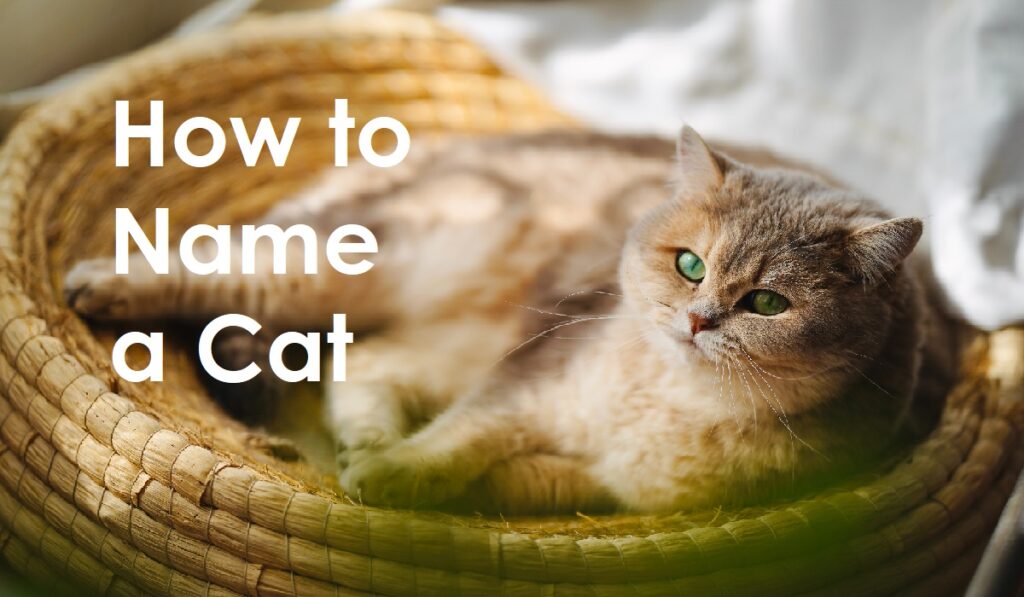As the owner of a Persian cat, you’re likely intrigued by their elegance and intelligence. With my beloved queen Muezza, I’ve gained valuable experience in training these delightful companions. Persian cats are known for their patience, making them excellent learners. Starting with basic commands and positive reinforcement, you can unlock their potential. Creating a suitable training environment is key.
Join me in this blog, as I share insights and tips for a rewarding journey in training a Persian cat.
Understanding Your Persian Cat
Firstly, it’s essential to understand that Persian cats are not like dogs; they cherish their independence. They have their likes and dislikes and won’t simply follow commands. The key is finding what motivates them, be it treats, toys, or your affection. It’s also important to respect their space and not force them into activities they’re uncomfortable with.
Secondly, remember that Persian cats are sensitive beings. They prefer quiet, peaceful environments and can get stressed by loud noises or sudden changes. Avoid negative reinforcement such as scolding or punishment. Instead, focus on positive reinforcement techniques. Reward good behavior and practice patience during unwanted behavior.
Thirdly, capitalize on their curiosity and playful nature. Persian cats love exploring and are often intrigued by moving objects. Engage them with interactive toys and use these to teach basic commands like ‘come’, ‘sit’, or ‘stay’. Clicker training is especially effective, combining a clicker’s sound with a treat to mark and reward desired behaviors.
How I Train My Beloved Persian Cat
Here are some of the skills I’ve successfully taught Muezza:
- Starting Early: When it comes to training Persian cats like my dear Muezza, I’ve learned that starting early is key. Kittens tend to be more receptive and adaptable, making it the ideal time to introduce basic commands and simple rewards as the foundation for a successful training program later on.
- Positive Reinforcement: I’ve found that positive reinforcement works wonders with any cat, including my Persian companion, Muezza. When she behaves as desired, I reward her with treats, praise, or playtime. This positive feedback makes her eager to learn and participate in training.
- Creating a Safe Environment: Setting up a safe and comfortable training environment is crucial for Muezza’s success. I’ve eliminated distractions and potential hazards, providing a quiet and peaceful area where she can focus and respond well during our training sessions.
- Teaching Basic Commands: To start, I taught Muezza simple commands like sit, stay, and come, using tasty treats or her favourite toys as incentives. Being patient and consistent during training is essential, as I’ve discovered that learning for her is a bit like a marathon.
- Litter Box Training: I placed the litter box in a quiet spot and consistently showed Muezza where it was, praising her whenever she used it. Keeping it clean and ensuring she’s well-hydrated and fed a balanced diet helped maintain her litter habits.
- Clicker Training: Clicker training, often used in equine training, has proven effective with Muezza. I use the clicker sound in conjunction with treats to mark and reward her desired behaviors. This technique reinforces proper conduct and contributes to a successful training program.
- Socialization Matters: Due to their natural behavior, Persian cats like Muezza can be a bit shy. To ensure she’s comfortable around strangers and other pets, I’ve gradually introduced her to different people and animals. Rewarding her calm and friendly behavior has boosted her confidence while reducing anxiety or aggressiveness.
- Appropriate Scratching: By providing several scratching posts and pads and occasionally sprinkling catnip on them, I encouraged Muezza to scratch appropriately. Regular nail trims and redirecting her from furniture to her scratching posts reinforced this behavior.
- Responding to Name: Using a special treat, I would call Muezza by her name, rewarding her each time she came. Gradually, I increased the distance, continuing to reward her, which reinforced her response to her name.
- Patience and Consistency: Training my beloved Muezza requires patience and persistence. I’ve come to realize that each cat has its unique personality, and some may take more time to grasp training concepts. I avoid punishments, as they can make her fearful or anxious. Instead, I focus on positive reinforcement to reward her good behavior.
With time and care, Muezza has grown into a well-mannered and joyful member of our family.
Conclusion:
Training a Persian cat like Muezza is a journey unique to each cat. They have their distinct personalities and learning speeds. The most vital aspect is to respect their individuality and tailor your training to suit them. Remember, the goal is to enjoy quality time with your Persian cat, making each training session as much about bonding as it is about learning.







